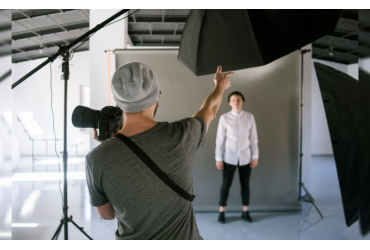My first visit to Romania was in 2012. At the time, my knowledge of the country was fairly limited. It’s Europe’s twelfth largest country (by area) and has the seventh largest population on the continent (c.19m people). As a political entity, the Romanian state is a relatively recent creation — emerging from the unification of the principalities of Moldavia and Wallachia in 1859; independence from the Ottoman Empire was granted in 1877; its borders were expanded to include Transylvania after World War I.
After a late-night arrival into Bucharest, we kicked things off the next day with a walk around the city - architecturally, it’s an interesting combination between grand, imposing buildings and Communist-era constructions.
Romania fared badly during the second World War — the military dictatorship in control at the time initially sided the country with Germany, but (after some internal upheavals) Romania switched sides as the war drew to a close. Following the war, Romania remained within the sphere of influence of the Soviet Union, only beginning a transition towards democracy and an open economy following a revolution in 1989. Romania joined the European Union in 2007, but still faces a challenging economic outlook.
That night we caught the train to Busteni, a mountain resort town, where we would be spending a few days and celebrating the New Year. The railway network across Romania is comprehensive and efficient. It was a two-hour train ride through the dark of the early evening, so it was difficult to get any sense of the countryside that we were speeding through.
We checked into our hotel then walked into town for dinner at one of the local restaurants. We ordered the traditional Romanian dish Tochitura Romaneasca (pork stew, served with polenta, egg, and cheese) and drank local wine Murfatlar Cabernet Sauvignon.
The brilliant sunshine of the winter’s morning revealed the most spectacular views from the balcony of our hotel room. The soaring Caraiman mountain dominated the skyline — at night the illuminated cross at its peak a beacon for the region.
Breakfast at the hotel each morning was surprisingly good — the friendly young guys running the kitchen were dishing up really good omelettes. We also tried the traditional Romanian breakfast platter — bread, cheese, peppers, raw onion, pig fat, and two types of pork offal sausages.
This region is a popular holiday destination for Romanians — Busteni was busy with families and groups of friends making the most of the festive break. There’s a small amount of skiing here, but it mainly seems to be more a place to just hang out and enjoy the snow and the mountains. We took the tele-cabin from Busteni to explore the peak of the Bucegi mountain — a good excuse for some mulled wine.
The following day was New Year’s Eve, we caught the train from Busteni to Sinaia — just nine minutes away by train. Sinaia is another mountain holiday town, slightly larger than Busteni. The highlight was the Peleș castle — built in the late 1800s, this is one of the most famous and beautiful Romanian castles.
Apparently it’s a Romanian custom to touch a lamb at New Year’s for good luck in the year ahead — this explained the numerous children wandering around the streets holding bewildered looking young lambs in their arms, imploring us to touch for just a small amount of money. It’s also good luck to wear red on New Year’s Eve .
As we counted down to midnight, the shooting rockets began to illuminate the sky — there’s something magical about watching fireworks with someone who adores you.
After a slow start to the first day of 2013, we caught the train to nearby Brasov (one hour away on a slow train). It’s a big city but has a pretty old town — predictably though, most things were closed for the holiday. It was such a cold day we alternated between short bursts of exploring and long stints in cafes warming ourselves with coffee and mulled wine.





